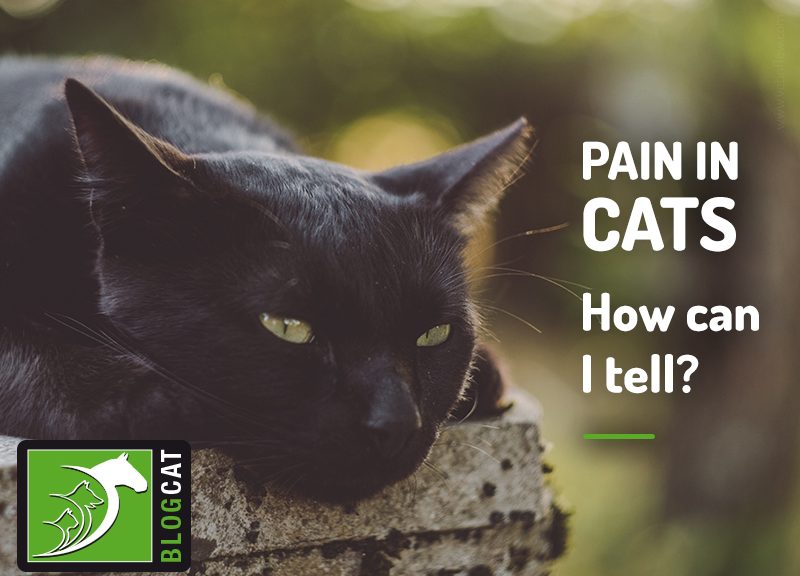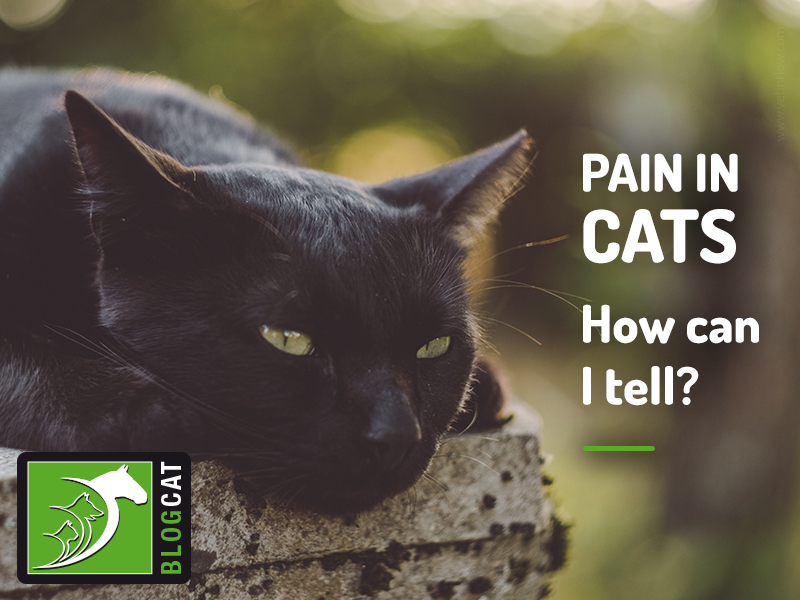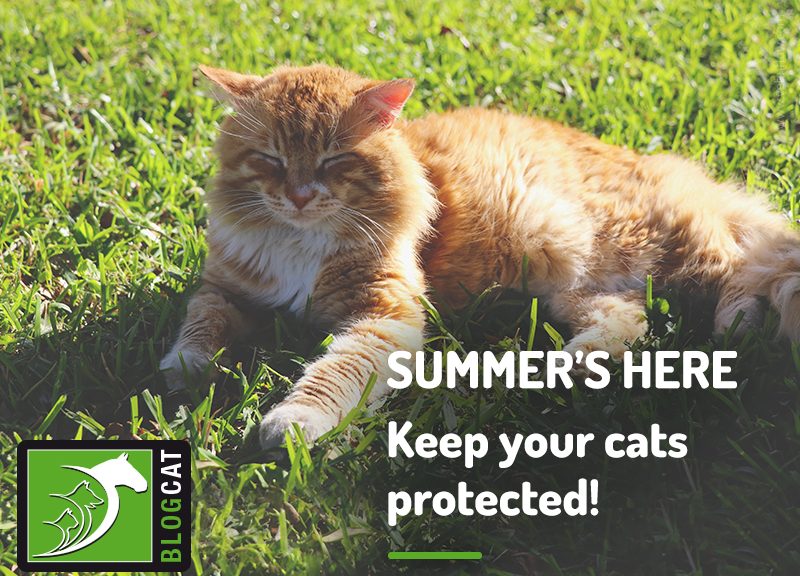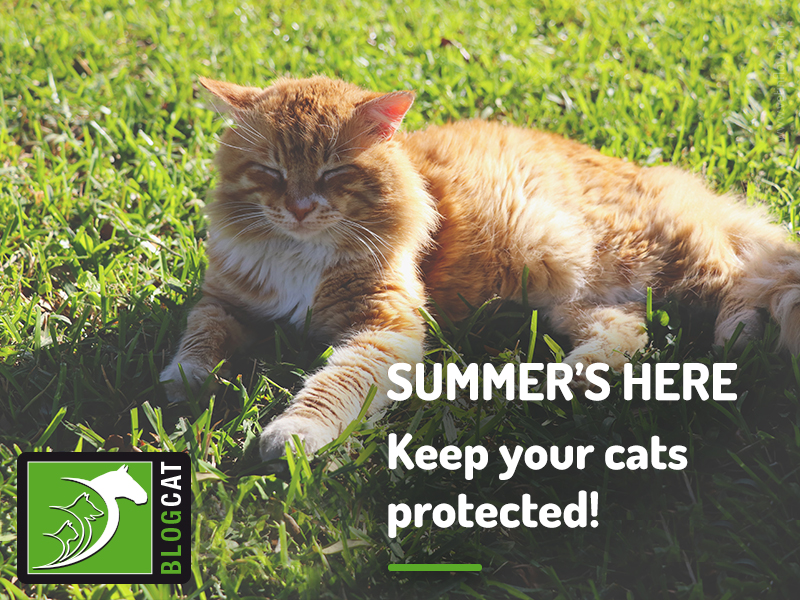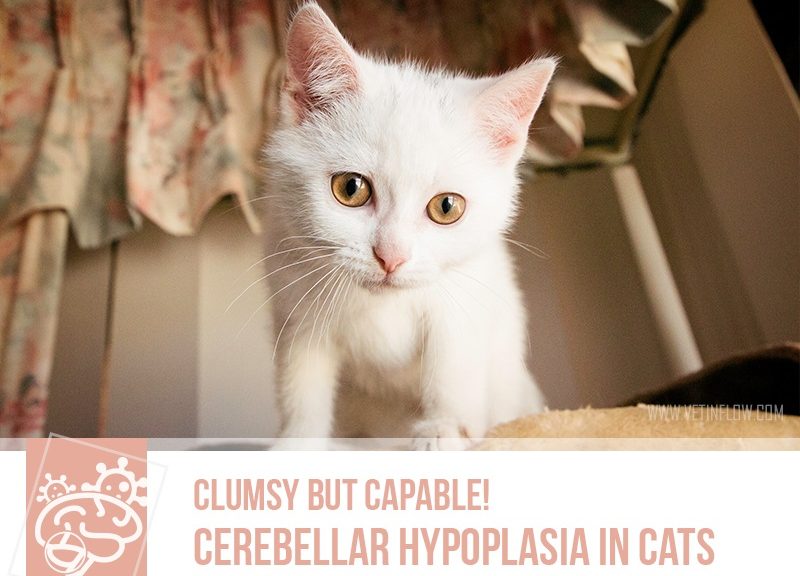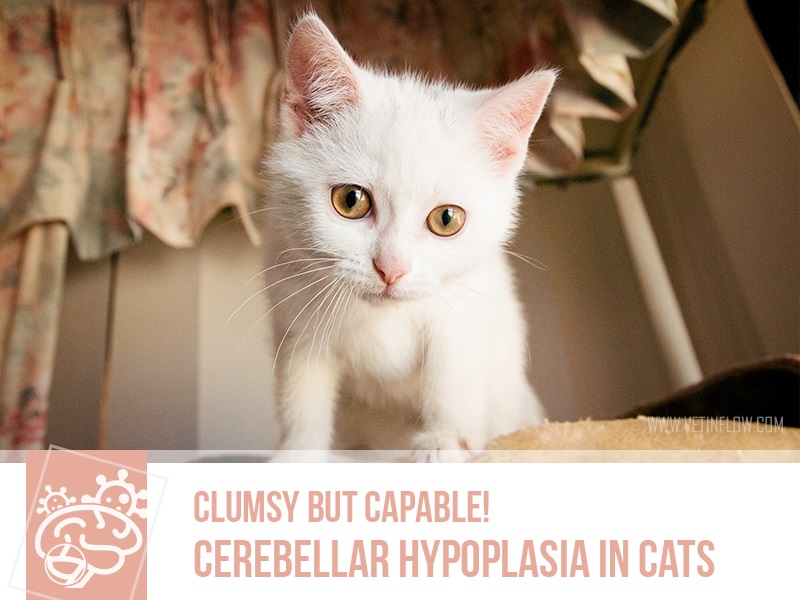Pain is an unpleasant sensation that is common across species.
When we feel pain, we can easily tell where and how much it hurts, but it is not the same for our feline companions.
Cats are well known for their stoic nature and will go out of their way to make sure everything is normal. Even more so in cases of chronic pain as cats have had time to adapt their routines to minimise or avoid it.
It is thought that they do this as a way of not showing vulnerability, which, in the wild, would make them look as easy prey to predators.
However, cats have their own ways of showing us that they’re hurting, and cat owners can usually tell when something is not right with their feline friends. This is why it’s so important that you know your cats well, as when there are changes in their routines, favourite spots and activities, it might mean something is wrong.
For all these reasons, manifestations of pain in cats have been a topic of great interest among academics. Also, because being able to recognise when cats are in pain promptly will lead to earlier diagnosis and, in some cases, better outcome once treatment is started.
As a result, several signs have been identified that might denote that your cat is suffering, such as:
- Abnormal gait or lameness
- Reluctance or difficulty in moving or jumping
- Overall activity decrease and increased time spent sleeping
- Excessive vocalisations, hissing or growling
- Difficulties urinating or altered toileting habits
- Inappropriate elimination
- Reduced grooming
- Frequent licking a particular body region
- Decreased appetite
- Withdrawing or hiding
- Less interaction toward people, other pets and toys
- Altered body posture – hunched-up position, lowered head, lowered ears, tail flicking
- Squinted or closed eyes, avoidance of bright areas
- Reaction to touch
Recognising these signs can be instrumental in getting your cats the help they need. However, they’re not specific for the problem itself, as a number of conditions can cause pain. These can range from localised trauma, such as someone accidentally stepping on their cats’ toes, to more complicated problems such as arthritis or cancer. So, to find out what’s wrong, you’ll need to take your cat to the vet so he or she can run some tests an get to a diagnosis.
Keep in mind that any condition that causes pain will decrease your cat’s wellbeing, health and quality of life, so it should be addressed as soon as possible. If it were you, you wouldn’t want to keep suffering in silence!
Would you like to know more about cats? Check our Feline Courses:
Feline courses
